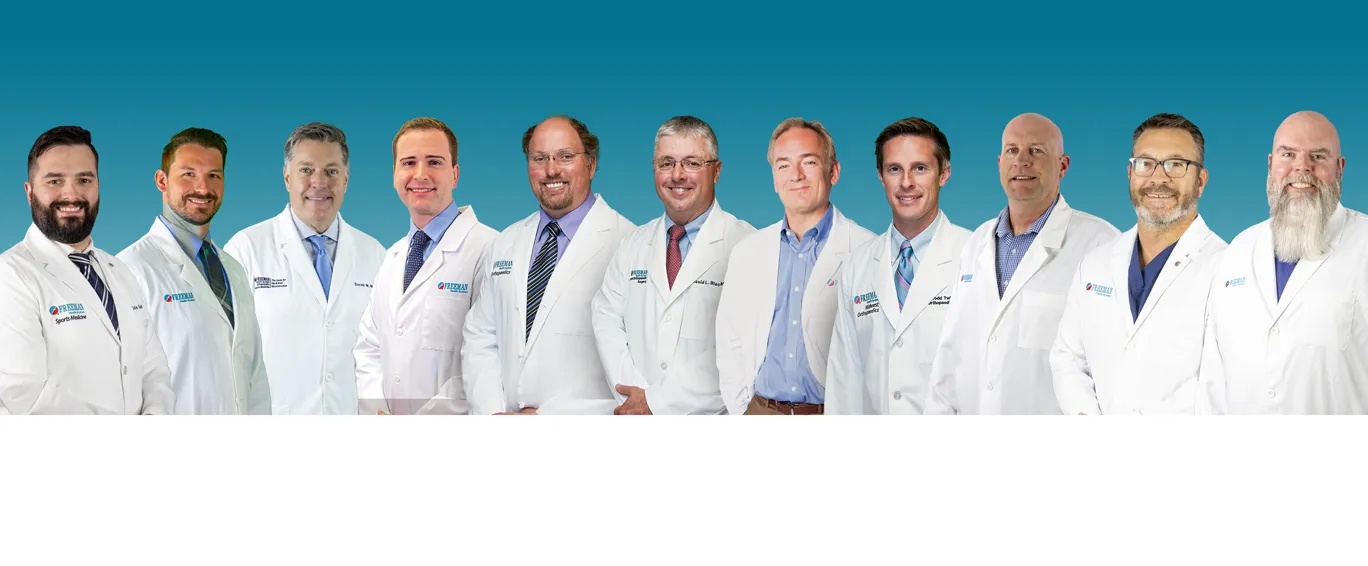Arthroscopy
Arthroscopy is the examination of the interior of a joint by using an arthroscope or "scope" – a flexible, fiber-optic tube with a small camera that is connected to a monitor. This enables a surgeon to see a magnified view of your joint. Specially designed arthroscopic surgical tools are also used to perform different types of minimally invasive joint surgery.
Arthroscopy of the hip joint was refined in the late 1980s and early 1990s. Since then, the development of advanced arthroscopic surgical equipment has allowed orthopedic surgeons to treat conditions that were previously untreatable or which required more invasive, open procedures.
Hip arthroscopy, sometimes called a “hip scope,” is a minimally invasive procedure in which an orthopedic surgeon uses an arthroscope to examine the inside of the hip joint.
This procedure enables the surgeon to diagnose the cause of hip pain or other problems (such as groin disruption) in your joint. Some hip conditions may also be treated arthroscopically. Groin repair is required for athletes who have failed a program of rehabilitation and groin strengthening.
What are the advantages of hip arthroscopy?
A hip scope has several advantages over traditional open hip surgery because it:
- Causes very little trauma to the joint (which minimizes hip pain and scarring)
- Is generally done on an outpatient basis (where patients return home after the procedure)
- Typically has a short recovery period
- May postpone the advancement of hip arthritis by treating its cause in the early stages
- Can delay or eliminate the need for a hip replacement by preemptively treating conditions that cause osteoarthritis of the hip
Which hip conditions can be treated arthroscopically?
Common injuries and conditions that can be fixed with arthroscopic hip surgery are:
- Hip impingement (femoroacetabular impingement), which limits range of motion and is a major cause of osteoarthritis
- Repair or trimming of a labral tear, where a specialized cartilage called the labrum, which lines the hip socket becomes torn
Removal of:
- Loose fragments of cartilage inside the joint (which are usually caused by an injury, such as a torn labrum)
- Diseased or inflamed joint lining
- Painful bone spurs
Who is a candidate for hip arthroscopy?
Hip Arthroscopy is generally recommended for younger patients with hip pain who do not require a hip replacement. The cause of their pain is usually related to sports injuries to the hip, overuse injuries or abnormalities in the shape of the bones that make up the hip joint. Your doctor might recommend arthroscopy to repair soft tissue damage in the hip or to correct the shape and the fit of the hip bones. Hip Arthroscopy is usually not an option for those with osteoarthritis.
Hip Arthroscopy may be an option if you’ve been diagnosed with or if your doctor suspects:
Hip impingement: pinching between the bones of the hip joint due to irregular bone shape. Arthroscopy can be used to reshape the bones.
Hip labral tear: a tear in the ring of cartilage that rims the hip socket. Arthroscopy can be used to clean out damaged labrum, repair the tear and address underlying causes such as hip impingement.
Loose fragments of cartilage in the joint after an injury: Arthroscopy can help remove any debris from the hip joint.
Bone spurs (osteophytes): bony bumps that form on the ends of the bones and can prevent the joint from gliding smoothly. Arthroscopy can be used to shave off the spurs and restore the shape of the joint.
Synovitis: inflammation of the joint lining. Arthroscopy can be used to remove the inflamed tissue as well as diagnose and treat the underlying causes.
Because these conditions may contribute to the development of hip arthritis over time, treating them with hip Arthroscopy can help delay or slow down arthritis, thus postponing the need for hip replacement.
Because this is a relatively new area of sports medicine, fairly few surgeons are trained to perform this type of procedure (Arthroscopy) or have enough experience to have optimal outcomes and perform it safely.

